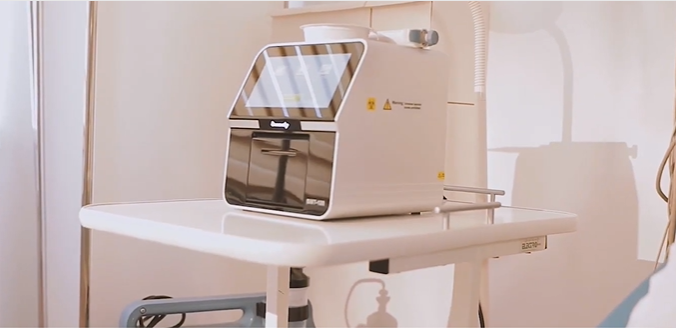release time:2022-05-11 14:22:45

AFP is often used in the early diagnosis of liver cancer and is elevated 8 months before a patient with liver cancer develops symptoms. At this time most patients with liver cancer still have no obvious symptoms. Nowadays, AFP is also widely used for monitoring the efficacy of liver cancer surgery, postoperative follow-up and follow-up of high-risk groups.
2. Items reflecting hepatocellular damage.
cirrhosis and hepatocellular carcinoma: markedly elevated AST, markedly elevated AST/ALT, AST/ALT > 1, or even > 2.
Hepatic failure in severe hepatitis: low production and release of transaminases, but a significant increase in serum bilirubin, and the phenomenon of "bile-enzyme separation", which indicates an aggressive condition.
Increased γ-GT is commonly seen in the following diseases.
1) Biliary obstructive diseases, intrahepatic and extrahepatic bile duct obstructive diseases, such as primary biliary hepatic sclerosis.
2) Acute and chronic viral hepatitis, hepatic sclerosis.
Pathologic elevation of alkaline phosphatase is seen in.
ALP is elevated in 90% of patients with liver disease, but not more than 2.5 times the upper limit of normal. In contrast, in obstructive jaundice, especially in complete obstruction, ALP rises to more than 2.5 times the upper limit of normal. In patients with liver failure, a decrease in ALP is indicative of extensive hepatocellular necrosis.
3. Items reflecting the secretory and excretory functions of the liver.
Including bilirubin (TBil), direct bilirubin (DBil), bile acids (TBA), etc.
Hemolytic jaundice: generally TBil <85 μmol/L and direct bilirubin/total bilirubin <20%.
Hepatocellular jaundice: generally TBil <200 μmol/L and direct bilirubin/total bilirubin >35%.
When serum water decreases, total protein and albumin concentrations increase.
Serum albumin is normal or mildly decreased in patients with acute mild hepatitis and may be significantly decreased in severe hepatitis and is proportional to the severity of the disease.
When a patient has liver fibrosis or cirrhosis, serum albumin and total bilirubin are reduced, along with elevated monoamine oxidase. The degree of elevated gamma globulin in serum protein electrophoresis can evaluate the evolution and prognosis of chronic liver disease, suggesting hypocellularity and inability to remove endogenous or enteric-derived antigenic substances from the blood circulation.
Clinical evaluation of liver function test should be problem-specific. It is important to review liver function and understand the damage or functional status of other related organs when necessary, which can help in identification.

2022-09-29
In vitro diagnostics systems are mainly composed of diagnostic instruments and reagents. For common ivd medical devices, the core components, which are mainly imported, include: single photon counting module, concave flat field grating, laser, spiking needle, plunger pump, valveless plunger pump, solenoid valve, sheath flow cell.

2022-06-17
Dry chemistry analyzers are Point of Care Testing (POCT) devices used to measure various components in a blood sample. The most common use for these analyzers is to measure blood sugar levels, but they can also be used to test for other parameters such as hemoglobin levels and potassium levels.

2021-10-13
Chemiluminescent immunoassay, as an important technical tool for in vitro diagnostic testing technology, emerged in the mid-1970s. Nowadays, chemiluminescence immunoassay has become a mature and advanced technique for the detection of ultra-micro-active substances. It has a wide range of applications.